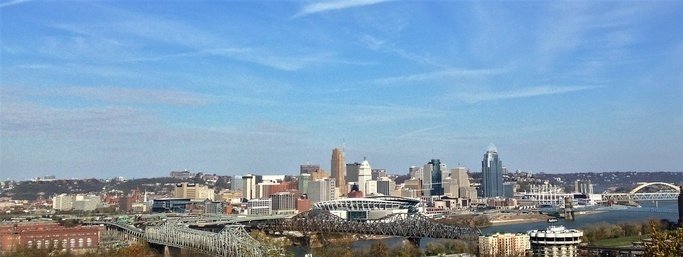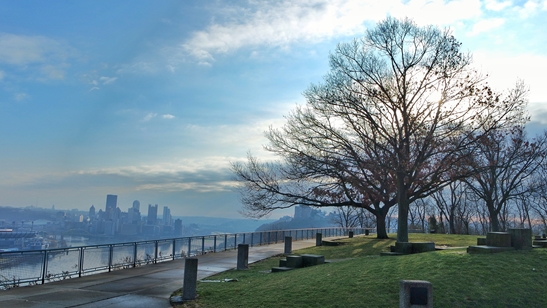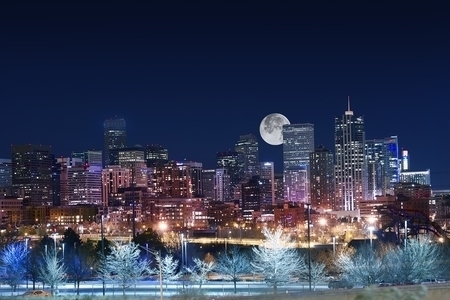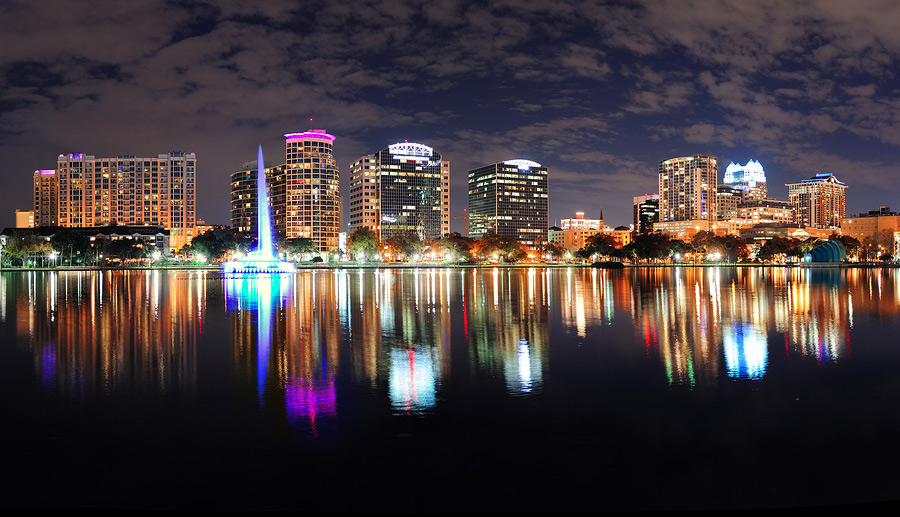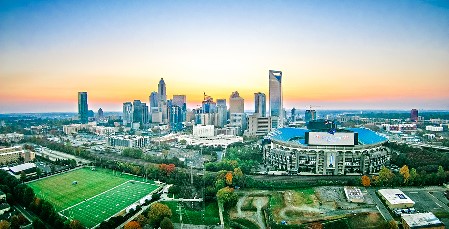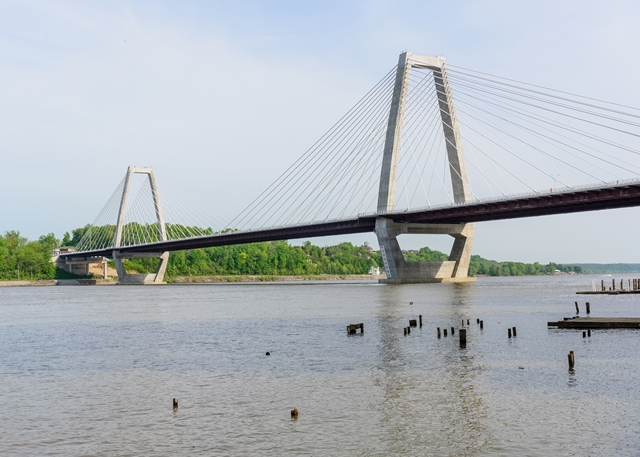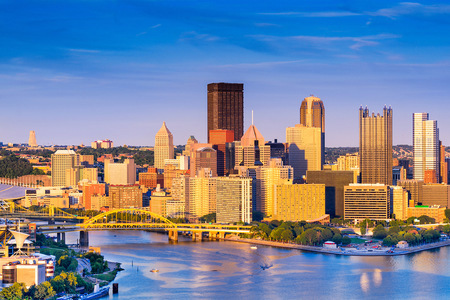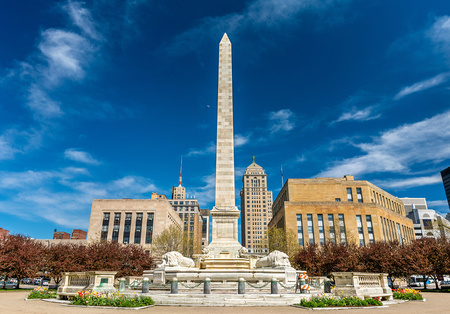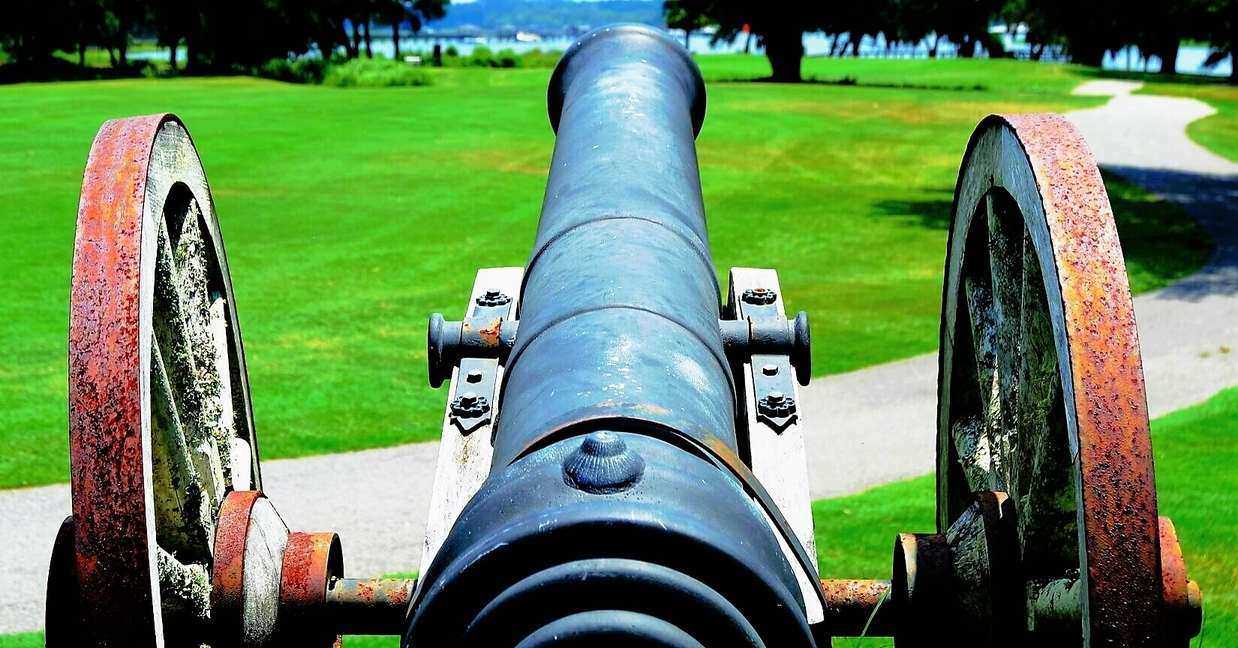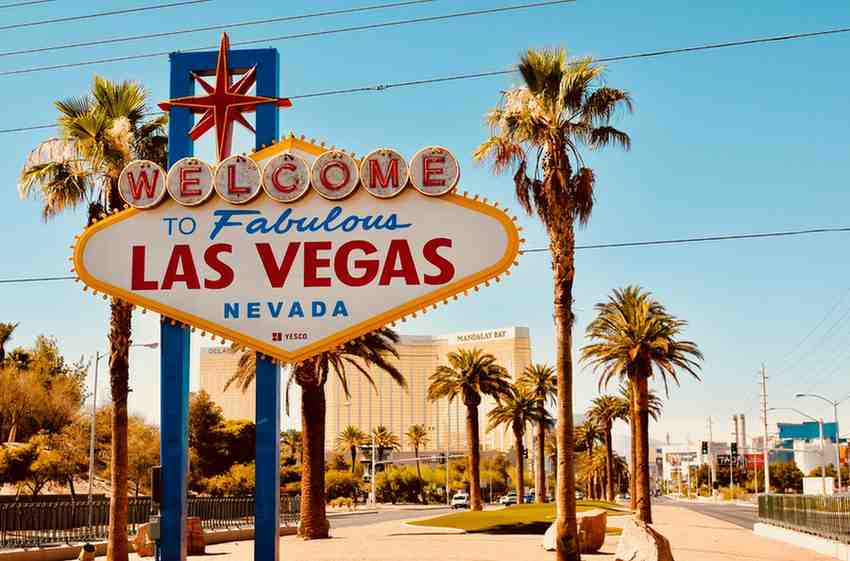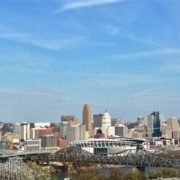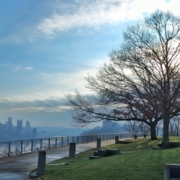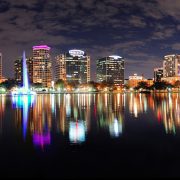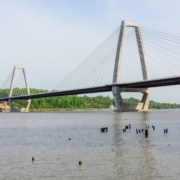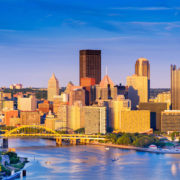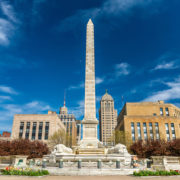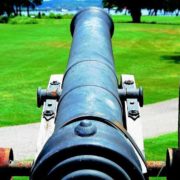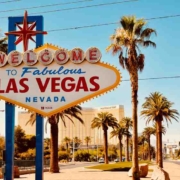Compressed Gas Cylinders
Compressed Gas Cylinders
Compressed gas is in the form of a gas at room temperature and pressure. Usually, it is stored in a cylinder. Compressed gas cylinders are used by many industries, laboratories, hospitals, universities, and other businesses. Some compressed gases can be extremely dangerous if they are handled improperly. They can be flammable, combustible, corrosive, explosive, and toxic. All compressed gases are hazardous due to the pressure inside cylinders. For example, if a cylinder is leaking it may explode and cause serious injuries to employees or major property damage. The pressure gauge indicates the pressure, in psi, of the tank. Empty tanks must still have 25 psi residual pressure in the gas or mixture cylinder. Gas tanks or cylinders must be inspected for safety by certified companies. OSHA, DOT, and Compressed Gas Association (CGA) all have requirements and guidelines for storage, handling, and use of compressed gas cylinders. All employees (users, handlers, transporters) in general industry, construction, manufacturing, warehousing, trade, distribution, and health care must be trained on how to handle, store, and transport compressed gas cylinders according to OSHA and DOT safety retirement.
- Safe Compressed Gas Practices:
- Compressed gas must be handled by trained employees.
- Cylinders must clearly identified and labels must be clear and readable.
- Workplace must have MSDS or SDS with detailed information for all products.
- Workplace must have a hazardous communication program.
- All cylinders must be inspected regularly.
- Inspect regulator and valve for dirt, oil and solvent.
- Keep cylinder valves closed when not in use. Always open valves slowly.
- Do not drag or slide cylinders, and do not lift cylinders by the cap.
- Cylinders must be moved with a handcart or other tool.
- Cylinders must be secured with chain in the upright position.
- An Acetylene cylinder must never be tipped on its side.
- Storage area must be dry and well ventilated.
- Cylinders should not be in a public area.
- In storage, gas tanks must be stored according to hazard class.
- Oxygen and other oxidizers must be stored separate from flammables or combustibles by 20 feet.
- Make sure protective cap is in place when moving gas cylinders.
- Cylinder should not be subjected to freezing or above 125 F temperature.
- Never place a gas tank next to a heat source.
- Never use copper fittings or tubing on acetylene tanks.
- Before removing the regulator from a cylinder close the cylinder valve and release all pressure.
- Wear required PPE such as face shields or glasses when you are connecting or disconnecting the regulators.
- Do not place cylinders on soil or unimproved surfaces.
- Empty cylinders must be marked and valves must be closed
- All transporters must be trained in accordance with DOT requirements (signs, regulations, etc.).


